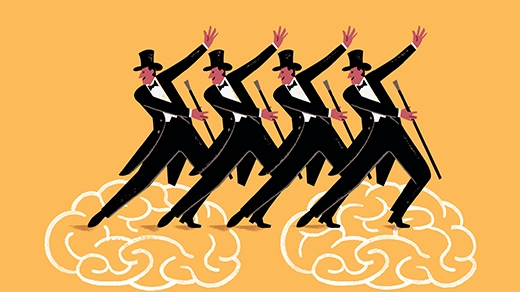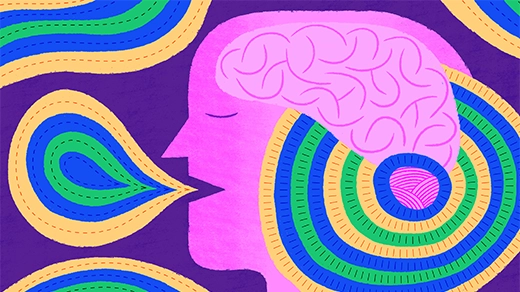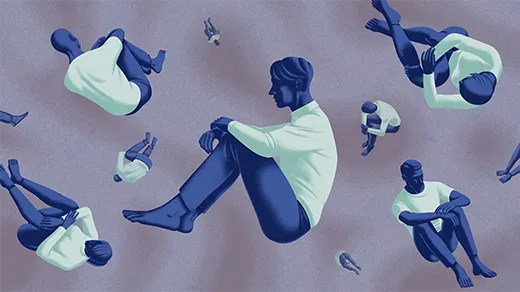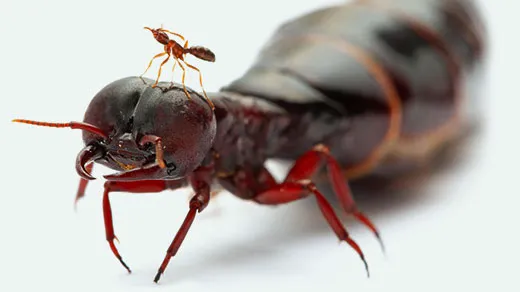What's up in
Behavior
Latest Articles
The Social Benefits of Getting Our Brains in Sync
Our brain waves can align when we work and play closely together. The phenomenon, known as interbrain synchrony, suggests that collaboration is biological.
How Is Flocking Like Computing?
Birds flock. Locusts swarm. Fish school. From chaotic assemblies of life, order somehow emerges. In this episode, co-host Steven Strogatz interviews the evolutionary ecologist Iain Couzin about how and why collective behaviors arise.
How Did Altruism Evolve?
If evolution favors the survival of the fittest, where did the impulse to help others come from? Host Janna Levin speaks with Stephanie Preston, a neuropsychologist who studies the biology of altruism.
The Brain Region That Controls Movement Also Guides Feelings
The cerebellum is responsible for far more than coordinating movement. New techniques reveal that it is, in fact, a hub of sensory and emotional processing in the brain.
The Hidden Brain Connections Between Our Hands and Tongues
Sticking out your tongue while doing delicate work with your hands reveals a history of evolutionary relationships.
How Loneliness Reshapes the Brain
Feelings of loneliness prompt changes in the brain that further isolate people from social contact.
Ants Live 10 Times Longer by Altering Their Insulin Responses
Queen ants live far longer than genetically identical workers. Researchers are learning what their longevity secrets could mean for aging in other species.
How Do Fireflies Flash in Sync? Studies Suggest a New Answer.
Field research suggests a new explanation for the synchronized flashing in fireflies and confirms that a novel form of “chimeric” synchrony occurs naturally.
Brain Chemical Helps Signal to Neurons When to Start a Movement
Dopamine, a neurochemical often associated with reward behavior, also seems to help organize precisely when the brain initiates movements. It’s the latest revelation about the power of neuromodulators.








